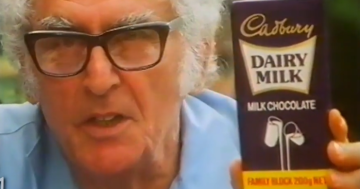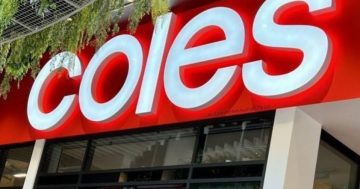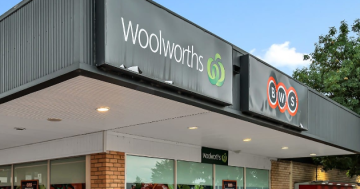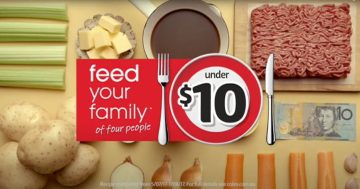 Consumer Affairs Victoria is encouraging shoppers to read the fine print while grocery shopping to save money.
Consumer Affairs Victoria is encouraging shoppers to read the fine print while grocery shopping to save money.
Highlighting the importance of reading the unit price, Consumer Affairs said that while people were often attracted by a displayed price that seemed cheaper than a similar item, it paid to make sure the comparison was like for like.
“Unit pricing, usually found on shelf labels in stores, shows the price of grocery products as a cost per standard unit of measurement,” Consumer Affairs said.
“Large grocery stores, and some online grocery retailers, must display unit pricing,” it said.
“Unit pricing makes it easier to compare products across different sizes, brands and packaging types, such as fresh and frozen.”
Illustrating its point, Consumer Affairs said if a pack of 50 dishwasher tablets cost $10, the shelf label would also show that each tablet had a unit cost of 20 cents.
“In comparison, if a pack of 75 tablets is $11.25, it may initially seem more expensive, but the shelf label will show the unit cost per tablet is lower at 15 cents each,” the Agency said.
It said to save money, people should keep in mind that the unit price of large packs was often lower than small or medium packs, “but not always, so it pays to check”; compare unit prices of different sizes and brands of the same product; look out for special offers; and if a product was available loose or pre-packaged, check the unit price for both.
Further information on unit pricing can be accessed on the Australian Competition and Consumer Commission’s (ACCC) website at this PS News link.










